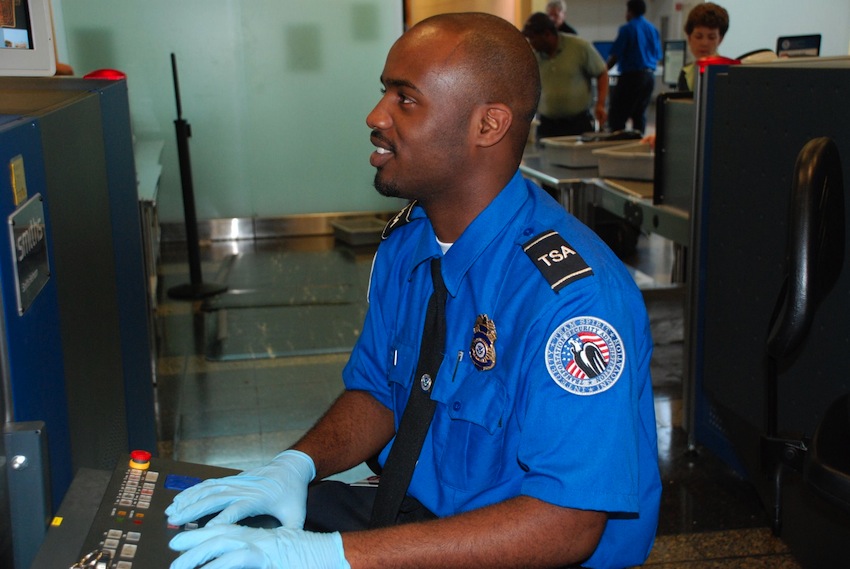
It is that time of year again: the time when people everywhere travel to and fro to see family members for the holidays. For many travelers, seeing family requires taking a ride on an airplane. This year, however, many would-be passengers are feeling apprehensive about new full-body scanning machines, which is understandable since they pose possible threats to personal privacy.
Since the terrorist attacks of Sept. 11, 2001, and other attempts since, airport security has become increasingly tight. These new scanners are only the latest crackdown in the name of passenger and national security. However, when compared to previous methods of passenger screening, they prove to be much more revealing.
The machines provide airport security with x-ray-like images of passengers that can detect the presence of non-metal objects a person might be carrying, even objects as small as a gum wrapper in a pocket. While there can be no doubt that these new methods might be extremely effective at detecting possible threats to safety, the threat they pose to privacy rights cannot be ignored. The image produced by the scanners is essentially that of a blurred naked body.
Though the scanners have not been installed in every airport yet, there are plans in place for their widespread use. At airports with scanners, they will allegedly be used as the primary means of screening, the alternative being a more thorough pat down.
Each new airport security measure introduced has been met with public criticism, though admittedly not as intense as that which with the scanners have been met. And although the newest measure is invasive and uncomfortable, I have to believe that ultimately the government is only trying to keep travelers safe.
What many people do not seem to realize is how lucky we are to have planes as a means of travel. A hundred years ago it would have taken people days or even weeks to travel distances that take us a few hours, and for a relatively low price. Yet for some reason people insist on complaining about the inconveniences of security and long lines.
One major concern related to the full-body scans is the possibility that passengers might be sexually harassed based on their scans. However, according to the Transportation Security Administration, the storage capabilities on the scanners are disabled before the scanners are put in to use, and in order for the next scan to be viewed the previous photos have to be cleared (nytimes.com). Additionally, the scans are viewed remotely, so there is no possibility for interaction between the viewer and the passenger.
While it is common in this day and age for people to be uncomfortable with the idea of a stranger seeing them basically naked, claims that the scanners will enable sexual harassment seem to be unfounded, as well as a way for critics to attempt to have scanners removed from use. Moreover, the discomfort some people feel is definitely not worth potential risks to the safety of fellow passengers.
As we saw in the tragic events of 9/11, airplanes can be used as weapons, and with devastating consequences. People want to be protected by their government, but also want to be free to do what they want, and in a perfect world, free of danger, that might be possible. However, as it stands we face many dangers, and as a result we must sometimes make the choice between our freedoms and our safety.
Full-body scans might initially appear to be going a bit far in the name of security, but it seems unlikely that the government will get rid of them just because people are uncomfortable. In the long run, having a photo taken is preferable to being blown up.
[PHOTO COURTESY/TSA.GOV]
